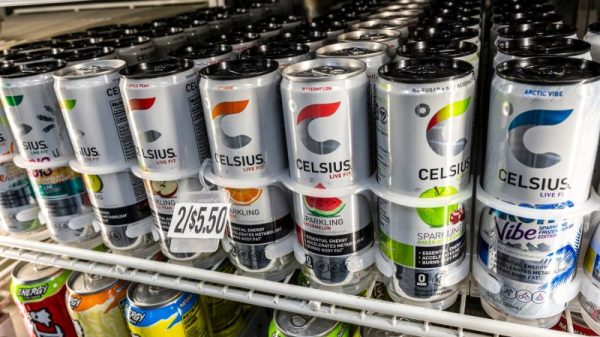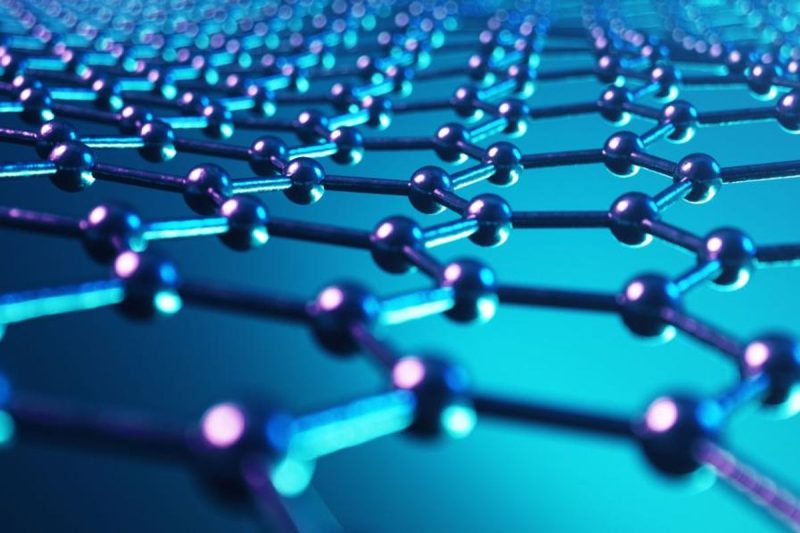Graphene has the potential to spur advances in a variety of sectors, from transport to medicine to electronics. Unfortunately, the high cost of graphene production has slowed commercialization.
Graphene prices have come down substantially in the past decade, when it reportedly cost tens of thousands of dollars to make a piece of high-quality graphene the size of a postage stamp.
However, the 21st century wonder material remains expensive. Specific graphene pricing data is hard to come by, but relatively recent estimates peg the commercial cost of graphene in a range of US$100 to US$400 per gram. The wide variance is mainly because price is congruent with quality and not all applications require the highest-quality graphene.
Graphene has many exciting applications. Notably, its properties have been applied to graphene-polymer composites. Together, these carbon-based materials are effective in energy, biomedicine, aerospace and electronics applications. In addition, graphene can be used for water purification due to its naturally occurring water-repellent properties.
Other key applications of graphene include graphene-conductive inks, which can be used for printed electronics in applications like logic circuits, inkjet printing, environmental sensors and smart clothing.
Here’s a look at how graphene is made, and why the production process plays a key role in graphene cost.
What is the origin of graphene?
Graphene’s origin story is by now well known. The 2D material was first produced in 2004, when two professors at the University of Manchester used Scotch tape to peel flakes of it off a chunk of graphite.
The story gives the impression that it’s easy to make graphene, but that’s not entirely true. The Scotch tape method, while a fun party trick, can only produce a very small amount of graphene — certainly not enough to use commercially.
How is graphene made?
The Scotch tape method of making graphene is known as exfoliation, and there are other ways to create graphene via exfoliated graphite as well. For instance, a diamond wedge can cleave graphene layers.
But what are some other ways of making graphene? Currently, the most popular method is chemical vapor deposition (CVD). The deposition process involves a mix of gases reacting with a surface to create a graphene layer. The process creates high-quality graphene, but the graphene is often damaged when it comes time to detach it from its substrate.
Looking at the process in greater depth, Graphenea states that another problem with CVD is that it’s difficult to create a totally uniform layer of graphene on a substrate. Graphenea also notes that much work is being put into reducing problems with CVD. For example, scientists are experimenting with treating the substrate before the reaction that creates graphene takes place. Even so, it’s expected to take a long time for the wrinkles to be smoothed out.
The Graphene Flagship identifies a number of other ways of making graphene, including direct chemical synthesis; the material can also be made by putting natural graphite in a solution.
Some of the latest innovations in graphene creation don’t involve the use of chemicals and can be conducted in the open air, as opposed to in vacuums. One method that was patented in 2017 is able to create larger quantities of graphene using acetylene, oxygen and a spark plug. Unfortunately, this process creates unrefined chunks of material and not sheets, meaning more money must be spent to make the graphene chunks useable.
In 2021, the Indian Institute of Technology Patna developed a way to produce graphene using a plasma gun; it’s possible it will prove to be a cheaper, yet scalable route to producing high-quality graphene material. The method has been shown to produce single-layer graphene 85 percent of the time without hazardous chemicals or expensive solvents, and estimates show that doing so only costs about US$1.12 per gram of graphene.
In mid-2022, chemical manufacturing company CleanGraph announced its proprietary process for transforming graphite into graphene, saying it had been developed over the past four years with the help of partnerships with market leaders in the construction industry and prominent universities. This method of producing graphene reportedly reduces the environmental impact by 99 percent compared to traditional graphene production.
‘Expanded graphite is a layered nanocarbon material, which is produced at industrial scale by oxidative intercalation and high-temperature expansion of natural graphite. CleanGraph is a novel proprietary process to chemically modify graphite into various forms of graphene in a faster, more productive and ecologically friendly way,’ as per the company.
Along with construction materials, the graphene produced by this method can also be used for heating, battery technology and as a sorbent.
More recently, NanoXplore (TSX:GRA,OTCQX:NNXPF) unveiled a new proprietary large-scale dry process for manufacturing graphene based on advanced exfoliation technology. It has a lower CAPEX compared to liquid-based exfoliation methods. ‘The technology finds potential applications in batteries and lightweight composites, enhancing its appeal in cutting-edge industries,’ states the company. ‘This new manufacturing process also opens doors to a myriad of applications, including plastic pipes, geosynthetics, recycled plastics, concrete, drilling fluids, and insulation foams, among others.’
Click here for a deeper dive on companies developing graphene and graphene products
What factors impact graphene cost?
Getting an understanding of how graphene is produced is crucial to understanding graphene cost. That’s because the way in which graphene is made relates to how much it ultimately costs. For now, graphene remains difficult to produce in bulk.
As with any material, graphene cost is linked to graphene quality. For an example, Graphenea points to graphene oxide, which is inexpensive. While it can be used for advanced composite and biotechnology applications, it can’t be used in batteries, flexible touch screens and ‘other advanced opto-electronic applications.’
In contrast, CVD graphene, which the publication says ‘offers sufficient quality for almost any graphene application,’ is priced based on production volume and the cost of transferring the graphene from the substrate on which it is grown. Essentially what that means is that buying high-quality graphene in large volumes is cheaper than buying a small quantity of it.
The issue, of course, is that with few commercial applications for graphene yet available, few end-users are looking to buy the material in large quantities.
What is the future of graphene research?
Those involved in graphene research hope that ultimately more commercial applications for the material will be developed, spurring advances that will make cost-effective mass production of the material a reality.
Graphene products are making their way into next-generation electronics such as flexible and foldable screens, enhanced batteries and ‘lightning-speed’ computers.
Graphene can also be used to create more fuel-efficient cars, faster and lighter aircraft and paint that could end deterioration of ships and cars. Overall, there’s no shortage of applications for graphene products.
Graphene’s impressive properties and the fact that it’s made from carbon, much like human bodies, makes it well suited to biotechnologies, including tools that can help healthcare professionals scan a patient’s biosignals quickly, accurately and safely.
“Graphene is a single layer of carbon molecules,” explained Dr. Kiana Aran, chief scientific officer at Cardea Bio, and Keck Graduate Institute associate professor of bioengineering. “Everything in our body is made of carbon. It’s the most compatible material we can find that has amazing electronic properties. You can build electronics and conjugate with biology, without impacting … biology and without biology impacting it.”
In terms of market growth, Grand View Research notes, ‘Market growth stage is high, and pace of the market growth is accelerating. Graphene market is characterized by a high degree of innovation owing to rising advancements driven by factors including research and development. Subsequently, innovative applications are constantly emerging, disrupting existing industries and creating new ones.’
The market research firm projects that the graphene market will see revenues grow at a compound annual growth rate of 35.1 percent between 2024 and 2030 to reach US$1.609 billion. The automotive, aerospace and medical industries are the core drivers of demand for the material. Graphene’s role as a powerful catalyst in the chemical industry is also expected to contribute to increased demand for the wonder material on a global scale.
Securities Disclosure: I, Melissa Pistilli, currently hold no direct investment interest in any company mentioned in this article.






































